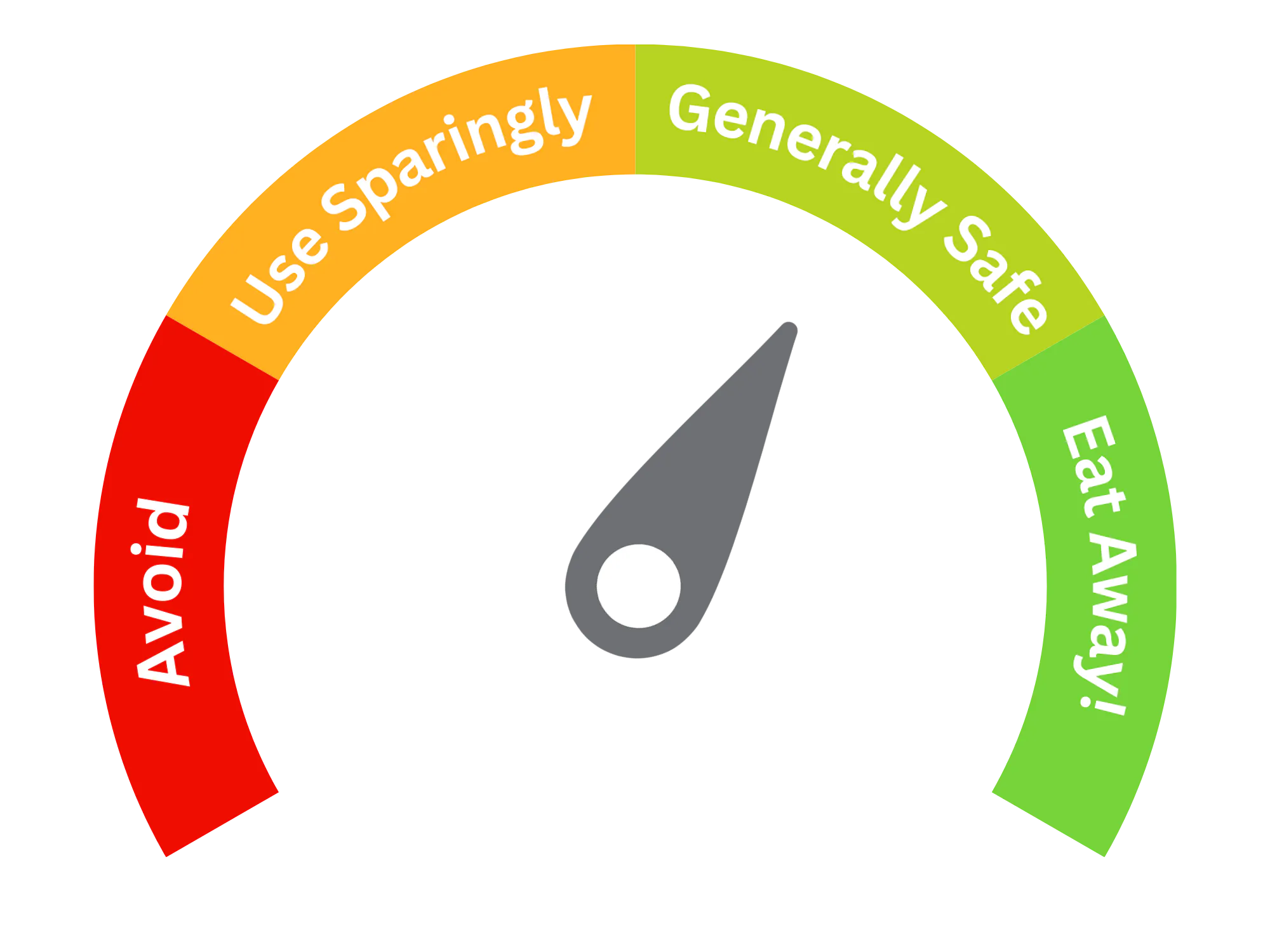Violaxanthin (E161e)
| Type of additive (Glossary) | Colorants, Fortifying Agents |
| E Number | E161e |
| Chemical Formula | C40H56O4 |
| Also Known As | Natural Yellow Pigment Xanthophyll |

Purpose and Function
Violaxanthin (E161e) is a naturally occurring carotenoid pigment from the xanthophyll family, responsible for the yellow to orange color in various fruits and vegetables. It is the product of the epoxidation of zeaxanthin where the oxygen atoms are from reactive oxygen species (ROS).
As a food additive, violaxanthin is primarily used as:
- Colorant: It provides a yellow hue to food products, especially in fruit-based products, beverages, and confectioneries.
- Fortifying agent: It is also used in dietary supplements and fortified foods due to its antioxidant properties, particularly for promoting eye health and overall wellness.
In plants, violaxanthin plays a critical role in photosynthesis by helping regulate light energy, making it an important pigment in the natural world.
Potential Risks and Side Effects
E161e is generally regarded as safe for consumption, with no significant safety concerns reported for its natural use. However, some considerations include:
- Limited data on high concentrations: While naturally occurring violaxanthin in food is safe, the effects of consuming high amounts in concentrated supplements are not well-documented.
- Rare allergic reactions: In some individuals, carotenoids, including violaxanthin, may trigger allergic reactions, although such instances are rare.
- No major regulatory concerns: This additive has not been flagged by major food safety agencies as posing any significant risks when used in appropriate amounts in food.
Overall, Violaxanthin (E161e) is safe when consumed within regulated limits, and its antioxidant properties may offer health benefits.
